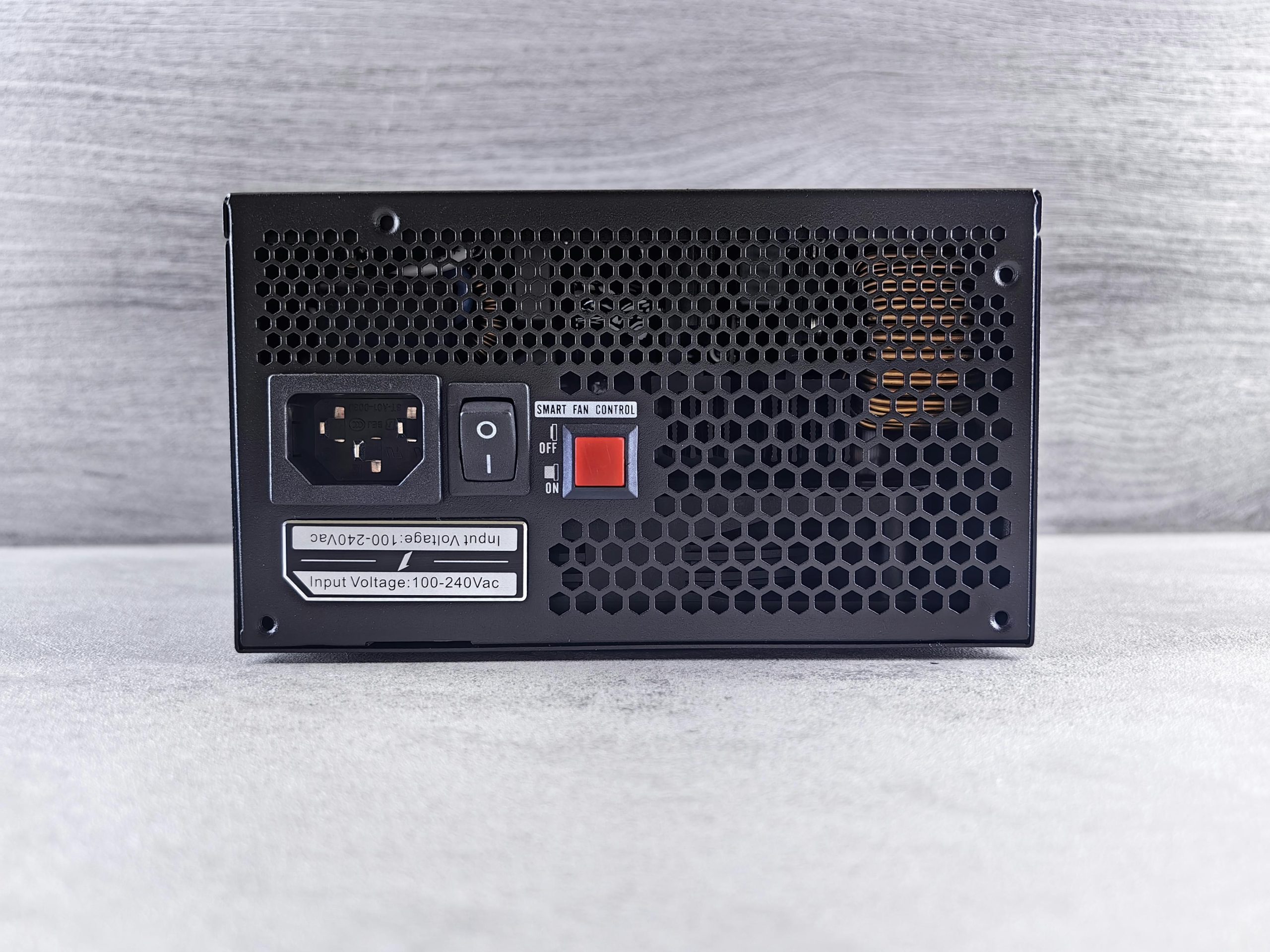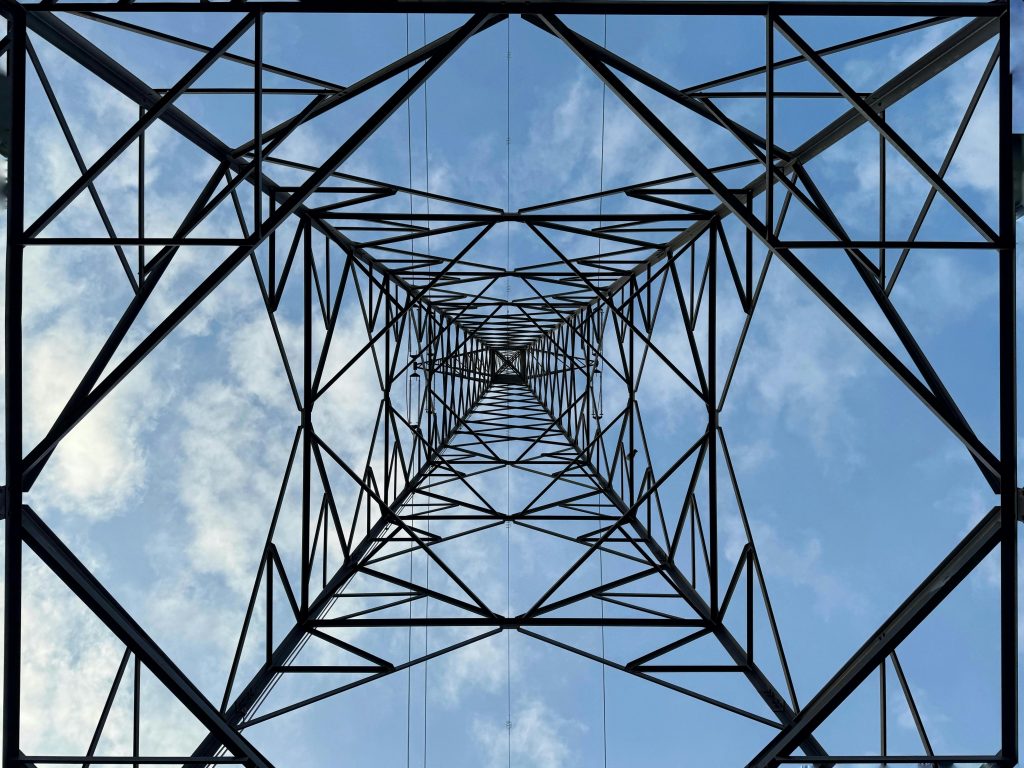Title: Addressing Hardware Damage in Desktop Computers: Fan Malfunctions and Performance Issues
Introduction:
Physical accidents can unexpectedly impact the performance and longevity of your desktop computer. Recently, a user reported that after accidentally tipping their desktop over, the device exhibited persistent fan activity and a noticeable slowdown in operation. This scenario is not uncommon and highlights the importance of understanding hardware issues caused by physical damage, as well as potential troubleshooting steps.
Understanding the Problem:
When a desktop computer is subjected to a hard fall or impact, several internal components may be affected. In this case, the user observed the following symptoms:
- The cooling fan runs at maximum speed continuously
- The system operates significantly slower than normal
- These issues persist despite typical restart attempts
Such symptoms suggest that the physical shock may have caused:
- Displacement or damage to internal components such as the CPU, GPU, or cooling system
- Disruption of sensors that regulate fan speed
- Damage to internal cables or connectors
- Possible motherboard or power supply issues
Common Causes and Diagnostics:
-
Damaged or Disconnected Cooling Components
An impact can dislodge the CPU fan or thermal paste, preventing proper heat dissipation. As a protective measure, the system may run fans at full speed to prevent overheating, even if the thermal sensors are compromised. -
Sensor Malfunction or Damage
Many modern desktops rely on temperature sensors to control fan speed. Physical damage might impair these sensors, causing the system to run fans continuously at high speed. -
Internal Hardware Damage
Hard impacts can cause physical damage to delicate components, leading to reduced system performance. This damage could also cause the system to behave unpredictably or slow down. -
Motherboard or Power Supply Issues
If the motherboard or power supply is damaged, it can lead to abnormal fan operation and system sluggishness.
Potential Solutions and Troubleshooting Steps:
While professional repair services can be costly, there are some initial steps you can take to diagnose and possibly resolve the issue:
-
Inspect Physical Connections
Carefully open the case (if you’re comfortable doing so) and check for loose or disconnected cables, especially around the CPU fan and sensors. -
Clean Dust and Debris
Dust accumulation can exacerbate heat issues. Use compressed air to clean internal components and cooling fans. -
Check for Physical Damage
Look for visible signs of damage, such as bent pins, cracked motherboard components, or
Share this content:



